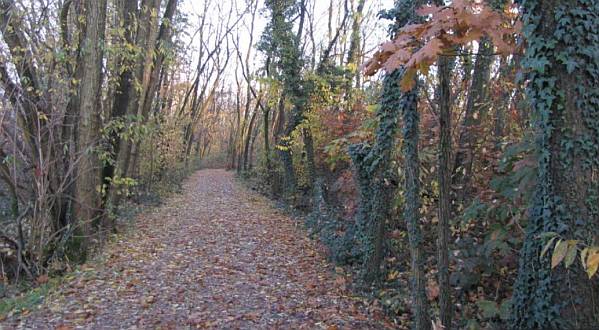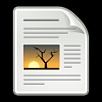Description

Brughierezza’s
woods are a wooded area integrated in Roccolo’s Park. Topographic facts make
suppose that the most fertile cultivated lands were divided starting from Sempione’s road to north-east
and south-west even on a part of Roccolo’s park area. Many areas has probably
been remained wild like Brughierezza. In correspondece to that area, between
Busto Garolfo, Parabiago, Casorezzo and Arluno, the regular layout of the
fields, like we can obviously see starting from Sempione, stops. In the old
tophographic maps (the ones before the urbanization and the buildng of
Villoresi canal), we can notice that the roads, which seems to be almost
parallel and oriented from north to east and from south to west, changes
directions going from east to west. So we can suppose that those areas in the
roman era have not been divided because of the low fecundity of the lands and
the scarceness of the water courses. They were covered of woods and moors. The
origin of the moors may hail from the destruction of the wood and so of the
humus. The land, which has been eroded and impoverished by the rains, has
allowed the settlement of the Burgo and other types of shurb. The toponym
“Brughierezza” and other which are still in the cadastral maps of Arluno and
Parabiago, like the name of the road near the “brughiera of Busto Garolfo” and
also Busto Garolfo, which some authors make a reference to the Latin term
“bustum”, that is arid and burnt land, testimony the existence (in Roccolo’s
park) of moors which are missing between the end of XVIII century and the
beginning of XIX century, replaced by the diffusion of the black locust, a
northamerican species which was used for the tree planting because of its
predispodition of growing in lands in which there are no other species of
plants. Nowadays in that area we can still admire the original Pianura Padana’s
plants like oak, flour, wood lily, Salomon’s seal and periwinkle. This areas
are the natural habitat of Aesculapian snakes, shrewmouses, dormouses, owls,
tawny owls, sparrowhawks and woodpeckers.
(Atlante
della Biodiversità del Parco del Roccolo vol. n° 3: La flora)
Deepening
Video |
Audio |
E-Book |
Photo |
Other links
|




